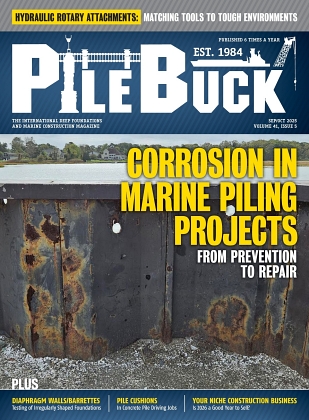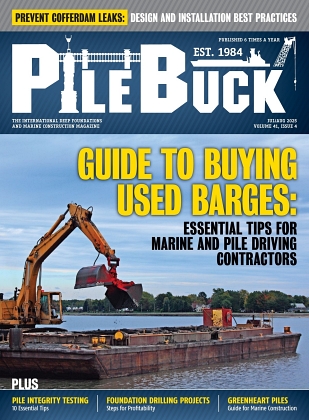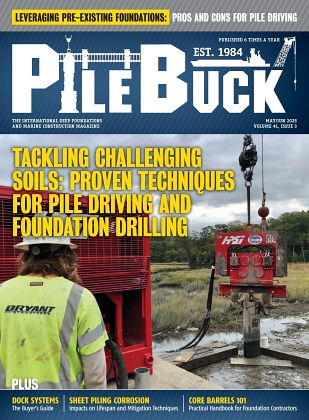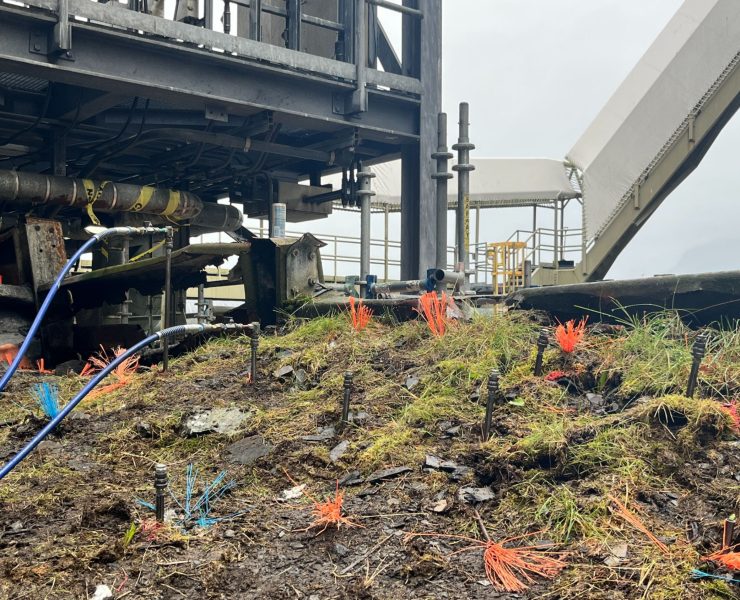Enerpac EVO System Lifts Minnesota River Bridge
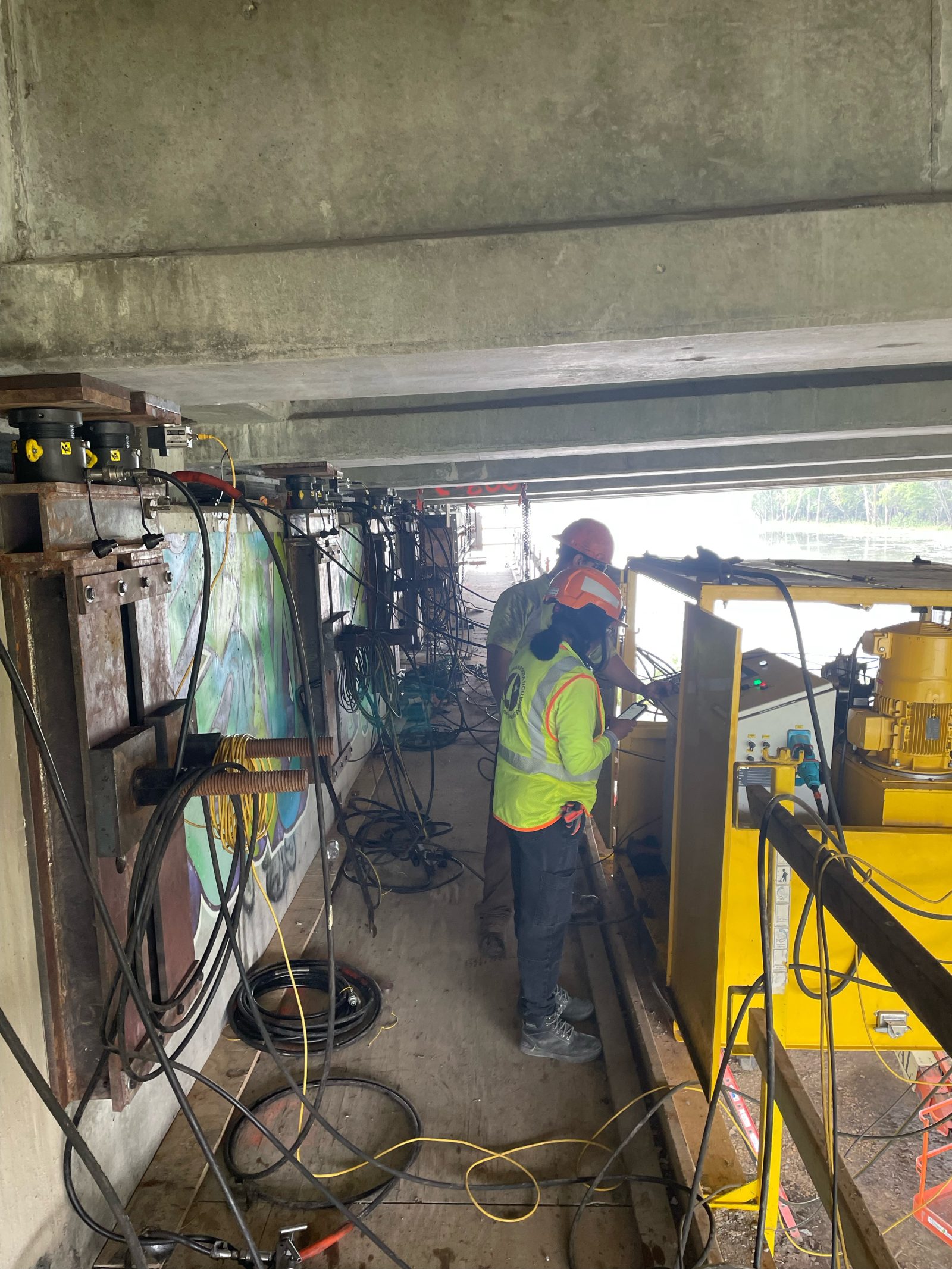
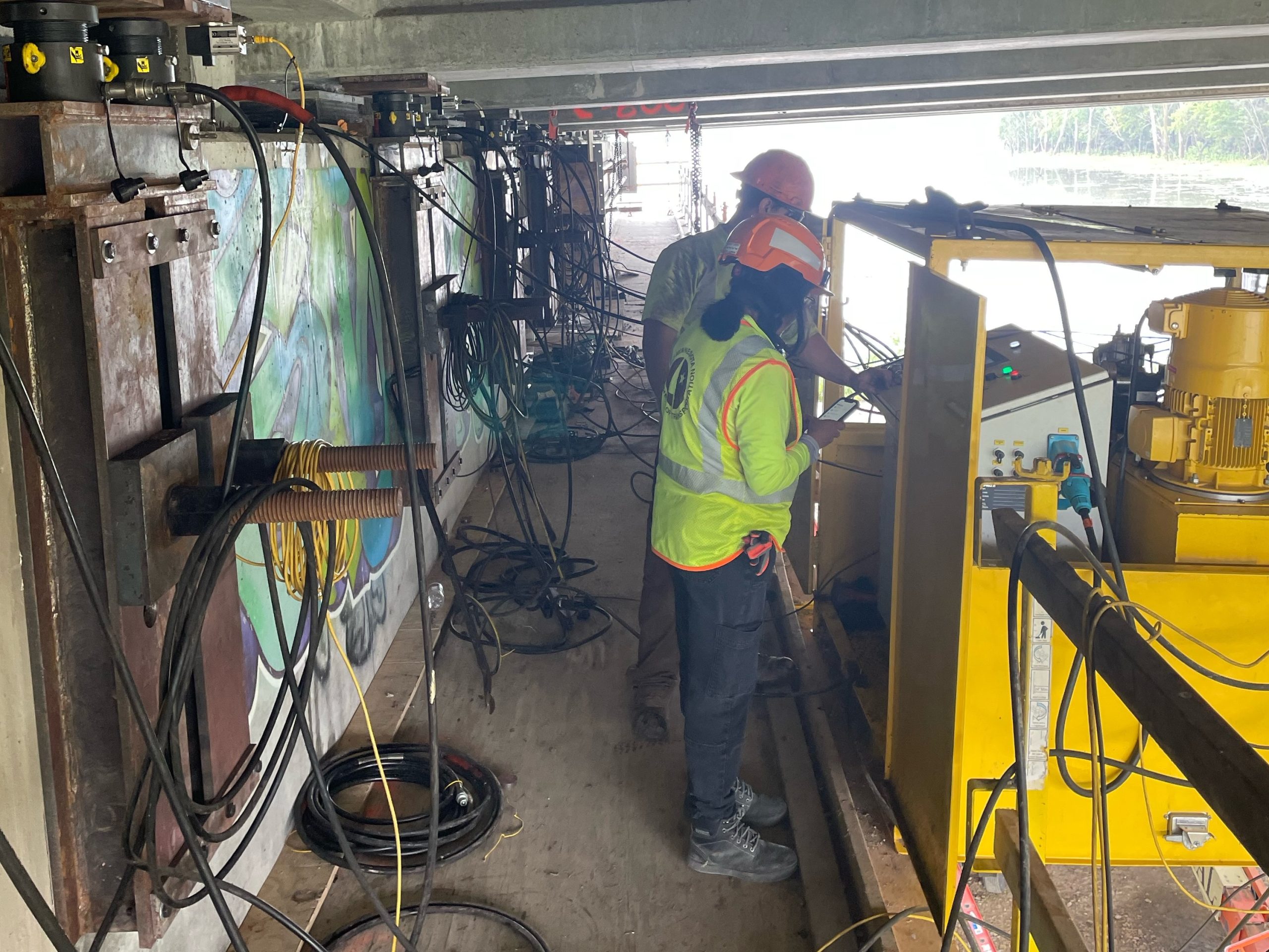
Critical structural maintenance to the I-494 Minnesota River Bridge is being undertaken by Lunda Construction Co using an Enerpac EVO synchronous lifting system for bridge bearings reconstruction. The 43-year-old bridge directly southeast of the Minneapolis-Saint Paul International Airport needs major repairs to continue to safely transport people and goods between the cities of Bloomington, Eagan, and Mendota Heights.
In 2023, Black River Falls-based Lunda Construction Co was awarded a $62 million contract to repair the bridge, including pavement repair, reconstruction of a regional trail, replacement of bridge joints, repairs to the bridge deck and railings, reconstruction of bearings, replacement of highway lighting and drainage repair.
Bridge Bearings Reconstruction
Bridge bearings are positioned on each pier where the bridge decks meet. They transfer the loads on the bridge decks to the bridge piers, thereby reducing the effect of stresses on the decks themselves. The Minnesota River Bridge is 4509 feet long with 34 piers supporting the bridge decks that make up the bridge. The bridge bearings are replaced one pier at a time. The bridge decks are 60 feet wide with a typical concrete girder span of 114 feet long and 200 feet steel span, with the longest span of 260 feet.
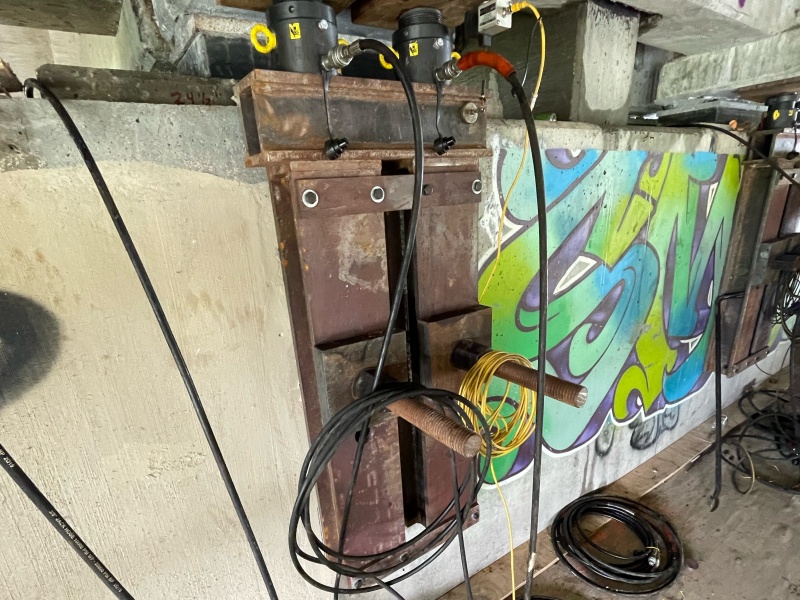
To enable access to the bearings, twelve pairs of Enerpac LPL-602 hydraulic cylinders were arranged in two rows of 12 lifting points on top of the pier. The typical lift at each beam end reaction is a dead load of 154 kips. The cylinders are then connected to the Enerpac EVO system. By configuring the EVO system with two LPL-602 cylinders per control point, engineers are able to control the pressure in each jacking cylinder ensuring a synchronous lift of the two bridge decks.
The Enerpac LPL cylinders were then jacked up a half inch, however for certain repairs such as rocker bearing replacements the bridge was lifted higher allowing more room to work. When fully jacked, the Enerpac LPL cylinders were locked allowing the EVO system to be disconnected during bearing replacements, concrete surface repairs on the pedestals and painting of the bearing and sole plates.
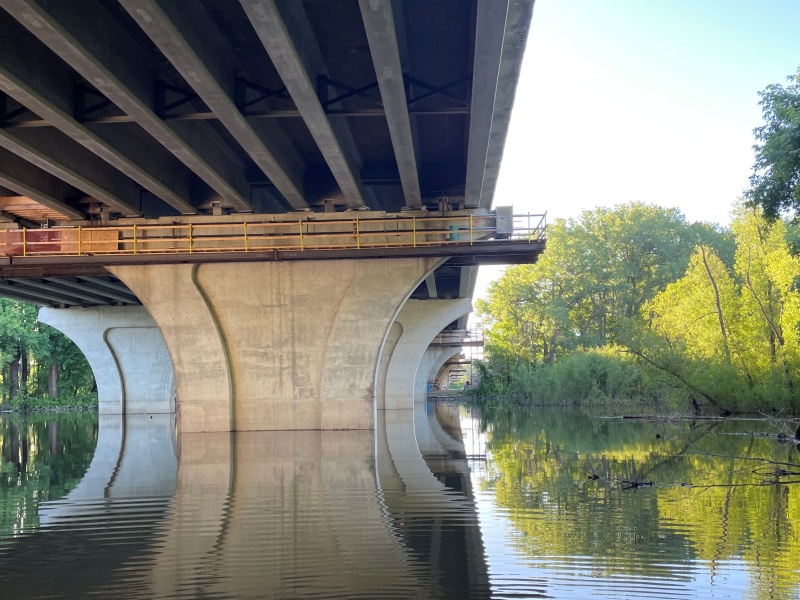
“The Enerpac EVO system has been extremely beneficial for this project,” said Max Byzewski, project engineer, Lunda Construction Co. “The deck does not have much flexural capacity, so it is critical that each girder on a given beam line is lifted in-sync. The EVO system also can tell us how much load each jack in a line is experiencing, which shows which girders are seeing more load. This in turn helps better understand why certain girders aren’t coming up as easy as others–namely fascia and centre girders.

